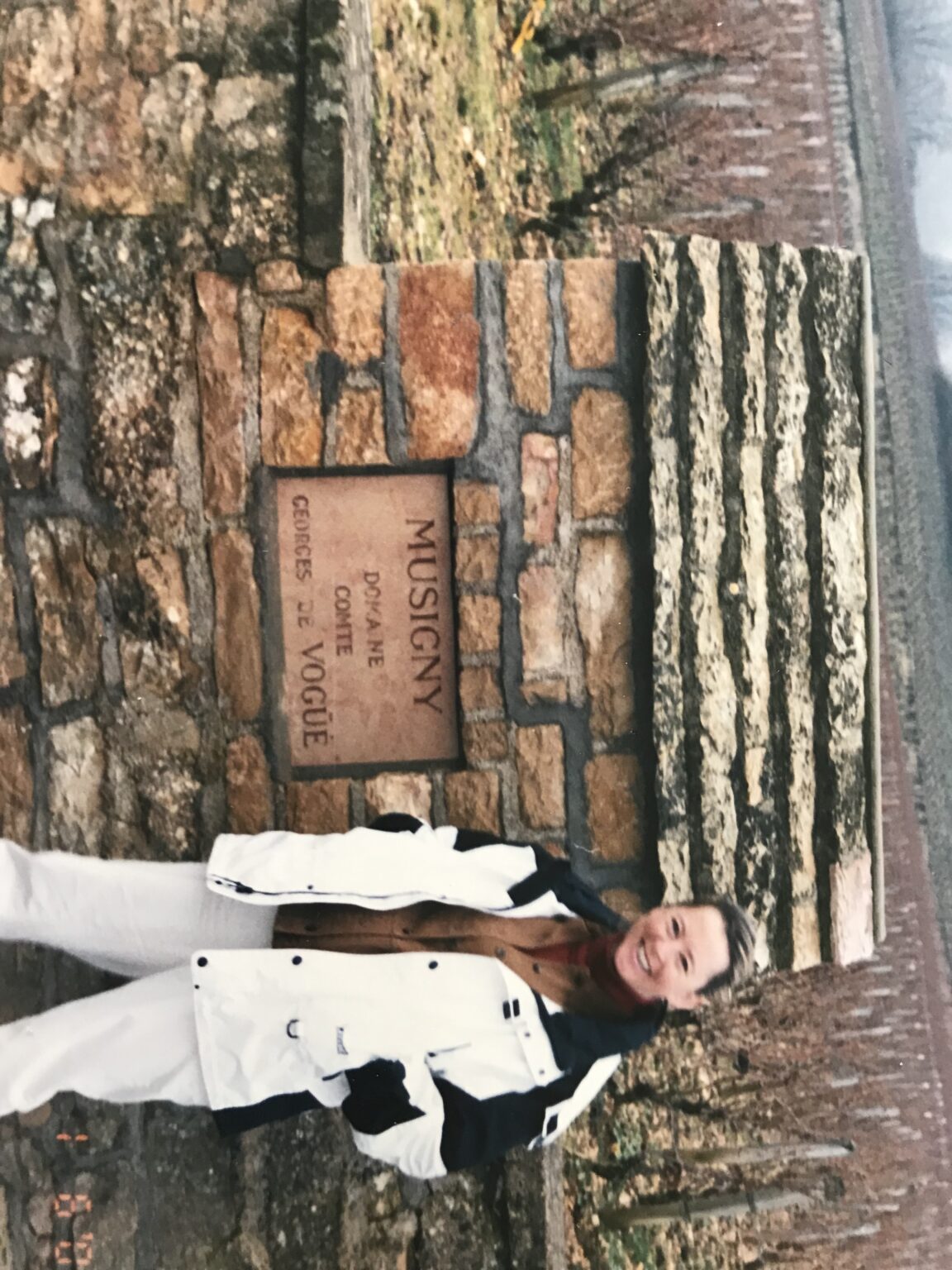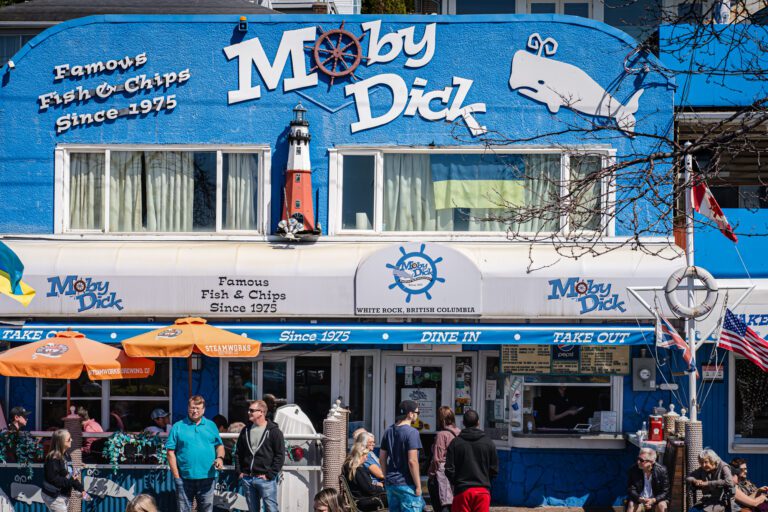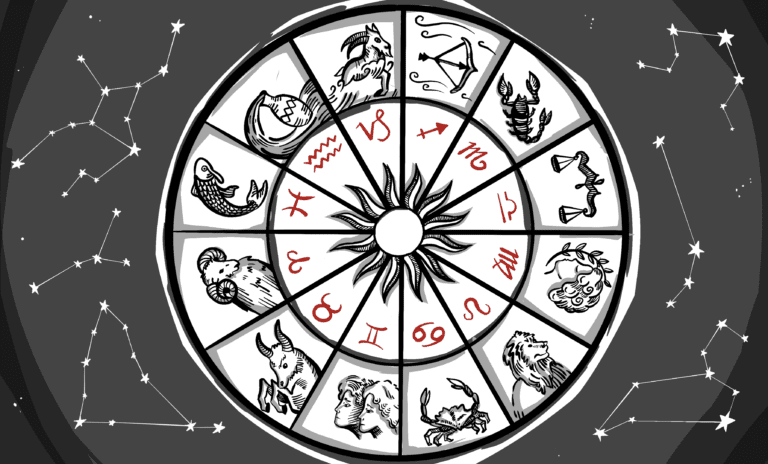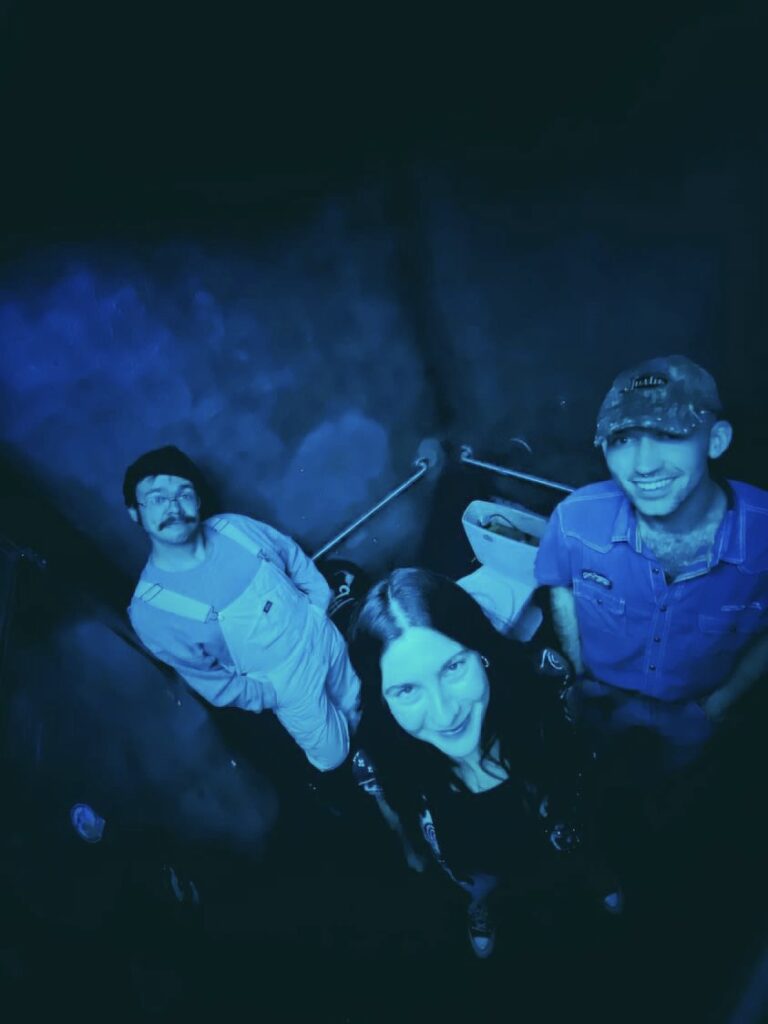I was a very young 21 when I started learning about wine, thanks to my parents’ dinner parties. These were sit-down meals with great food, lots of wine and impressionable adults who were impressed by my eagerness to help my mom by clearing the table. As the dinner guests continued to relax and linger around the table, I would carefully remove their not-so-empty wine glasses and take them to the kitchen.
I had witnessed enough wine-filled dinner parties to understand the warm, flushed glow on the guests’ smiling faces was due to the wine. And because of this sleuth-like understanding, I didn’t immediately empty the contents of the glasses down the drain. I saw this as a learning opportunity and began to educate myself about wine and enjoy the flush of warmth on my own face.
Thankfully for me, my parents had good taste in wine and I was able to skip the “gateway” wine of white zinfandel. I shudder at the thought of how different my life would be if that was the case. Instead, I got to hone my wine-tasting skills on chardonnay and cabernet and other California wines that were produced in the late 1970s.
During my “education,” I sampled a lot of fat and buttery chardonnay; and by the time I was able to buy my own wine and no longer hovering around dinner parties, I was confident that I was almost, but not quite, an expert on chardonnay. Fast forward 10 years to my first wine job when I realized I didn’t know jack.
My table-clearing technique for educating myself about wine was of little value when I took a job at a wine shop in Moreland Hills, Ohio, where I quickly realized I had a lot to learn. Because of its proximity to the East Coast, Ohio favored imports, making me feel a little out of my element. For example: in the states and most of the rest of the world, chardonnay is chardonnay and it says so right on the label. French chardonnay, on the other hand, is called white burgundy, or bourgogne blanc, because it’s from Burgundy — go figure. With the knowledge that I needed to know more than “jack,” I began the arduous task of tasting and learning about white burgundy.
Not only was it love at first sip, but this finally gave me the opportunity to use my years of high school French.
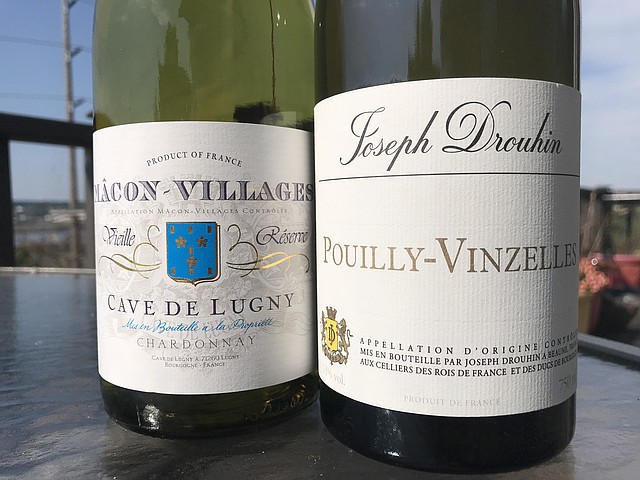 In writing about chardonnay from France, there’s no way to teach readers how to decipher a French wine label in the space of a column. Instead, two wines — the 2020 Mâcon-Villages, Vieille Reserve, Cave de Lugny and the 2017 Joseph Drouhin Pouilly-Vinzelles — will hopefully inspire you to purchase and enjoy a truly beautiful wine. (Photo by Katie Bechkowiak)
In writing about chardonnay from France, there’s no way to teach readers how to decipher a French wine label in the space of a column. Instead, two wines — the 2020 Mâcon-Villages, Vieille Reserve, Cave de Lugny and the 2017 Joseph Drouhin Pouilly-Vinzelles — will hopefully inspire you to purchase and enjoy a truly beautiful wine. (Photo by Katie Bechkowiak)
In choosing to write about chardonnay from France, I realize there’s no way on God’s green earth I can teach you how to decipher a French wine label in the space of this column. Instead, I will share two such wines with you and hopefully inspire you to purchase and enjoy a truly beautiful wine.
The first is the 2020 Mâcon-Villages, Vieille Reserve, Cave de Lugny ($14.99 at Whole Foods). This little gem is from the Mâcon-Villages appellation, known for its limestone-rich soil that produces crisp whites with clean minerality and an abundance of floral notes. And, like most simple French “chards,” this wine sees no oak — what you taste and smell is the true essence of the chardonnay grape from a specific wine-growing region.
Wine No. 2 is a more site-specific white burgundy from the Mâconnais. The 2017 Joseph Drouhin Pouilly-Vinzelles ($29.99 at Barkley Haggen) provides the perfect example of looking at a label and wondering, “What the … ?” In this case, just remember the basics — you see the wine is white, it’s a Bourgogne and Bourgogne whites are most certainly chardonnay.
Unlike the Mâcon-Villages, the Pouilly does see a little oak in the aging process and this is the big difference between the two wines when it comes to food pairing. The use of oak plumps up the weight and texture of chardonnay and imparts a distinct toasty hazelnut flavor. Because of this, complement the wine with foods that also have a toasty flavor, either from grilling or smoking. The simplicity of the Mâcon-Villages, on the other hand, requires a lighter touch when it comes to food preparation — less is more, and subtle flavored and lightly seasoned dishes are your best bet.
Now that I am an older and wiser 21 with decades of wine consumption under my belt, I host my own dinner parties — and occasionally pour wine down the drain. I have learned a lot.
Katie Bechkowiak owned Vinostrology wine bar in downtown Bellingham from 2013–19. If you have wine suggestions for this monthly column, contact vinostrology@gmail.com.

